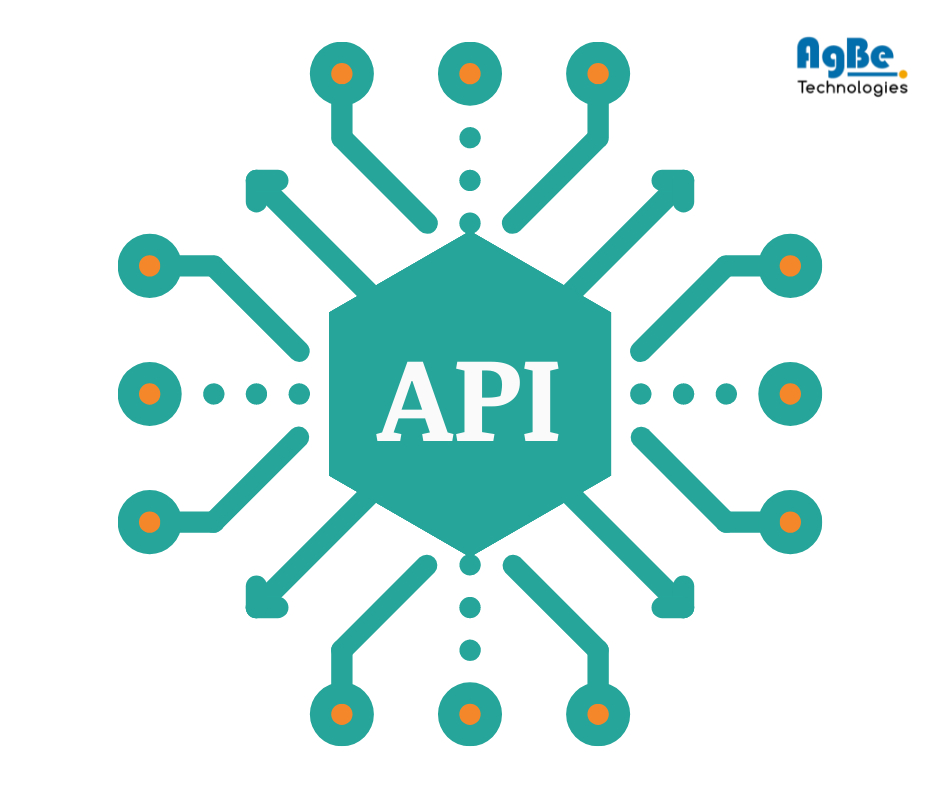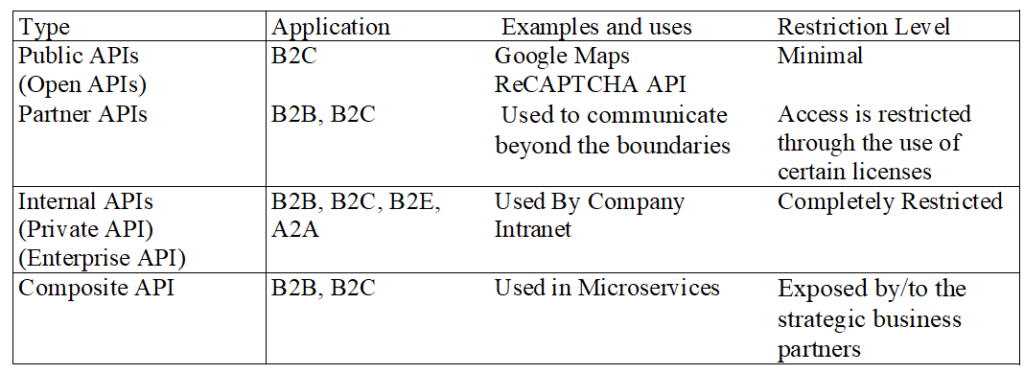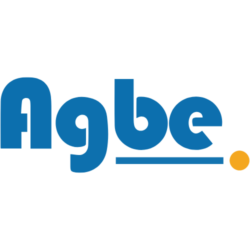
Application Programming Interface (API) makes software communication possible with other software. This pandemic has increased the pace of digital transformation. To match this pace software companies are investing more in improving their ability to package their services and developing powerful APIs. It helps organizations to develop their digital presence. There is an impressive API traffic growth in the healthcare sector in 2020 as per the State of API Economy 2021 Report as shown in Figure 1. The companies and researchers are now focussing more on API security, governance, and adoption

API Documentation: Key to its Popularity
Using the API for the functionality is not just the code or reference points of using it but it includes research, reviews, support, and documentation. The key to the acceptance of API by the developer is its documentation. Here are some acceptance points of API documentation that developer usually looks for:
- It should include actual code rather than autogenerated docs by tools. It should be clear and concise
- It should have open access for all readers.
- It should be regularly updated with new keywords as per the need of the market and the latest versions.
- It should include content for different users, analysts, researchers, developers, etc.
- If possible, it would be an add-on advantage to have a test environment.
- It should be a complete learning resource (by adding links to blogs, guides, etc). Though these are not required for API documentation but adding this added difference for developers.
Postman and Swagger Documentation are widely adopted by the API community. The good documentation checklist that is adopted by the postman includes the following points[2]:
- Create a Postman collection
- Organize the API metadata
- Include a Getting Started guide
- Keep it DRY with variables
- Show use cases
- Be secure
- Share private API documentation
- Share public API documentation
- Advanced stuff (bonus!)
Challenges in Designing Usable APIs
There are four main types of API as listed in Table 1. Organizations may use different types of APIs for different purposes and each type has its challenges.
Table 1: Types of APIs[3]

Choosing parameter names, error handling, defining error codes, response timing, sorting, pagination, etc are the challenges that are faced in developing all types of APIs. The major challenge for developers is to focus on the user perspective as a primary goal. For internal APIs, it’s acceptable to release the API with minimal functionality. On the other hand, with the public APIs core functionality of API should be completed in the first release so focussed is more on choosing use cases as any change in code can break the functionality of the user’s code.
To standardize the information exchange using APIs, protocol specifications RPC, gRPC, GrapghQL, SOAP, REST, JSON are developed. This protocol choice depends on the programming language in use, environment, and resources available during the development of the project. In AgBe, REST is often assumed by default when the term “web API” is used. But for real-time APIs and social networking which are the ruling now gRPC and GraphQL will be the choice. Though APIs will continue to evolve as per the market demands [4].
Understandability, Usability, Reusability, Learnability are the four aspects on which acceptance of any API depends. Understandability includes descriptive names, whether the relationships between API elements and method calls are unambiguous. Reusability includes adaptability concerns when the application has to meet the extended requirements. Learnability includes the API learning process to see if it can be incremental that is Once you performed the first two tasks, is it easier to perform the remaining tasks. Usability includes programmers who can proficiently use the API without knowing (or assuming) implementation details. Though the above expectations are subjective and not easy to evaluate programmers have their uses cases to evaluate these aspects.
Simply having APIs is no longer helps the companies to win the competition. Besides performance, reliability they started focussing on delivering real-time APIs. Microservices and RESTful APIs are used by a developer to achieve agility, resiliency, scalability along with real-time response challenges. Different architectures each having its characteristics are available. Efficient communication is essential for developing complex and interdependent applications.
AgBe Approach for API’s
In AgBe, in addition to adopting swagger documentation, reference documentation is also maintained. Documentation includes detail for using endpoints along with information about the structure, parameters, and return values for each function or method in an API. We implement web APIs, integrate third-party APIs, implement internal and composite API for communications, content, data sharing, business logic, and microservices. APIs developed are compatible with all types of mobile devices, databases, search engines, and intranet systems. The implementation here means development, integration, documentation, and deployment. Testing is done through popular API test platforms like Postman and Swagger. Evolving as per the market demands is always been our priority.
References:
- https://pages.apigee.com/rs/351-WXY-166/images/Apigee_StateOfAPIS_eBook_2020.pdf
- https://www.postman.com/api-documentation-tool/
- https://blog.axway.com/amplify-products/api-management/different-types-apis
- https://www.pingidentity.com/en/company/blog/posts/2020/everything-need-know-api-security-2020.html



